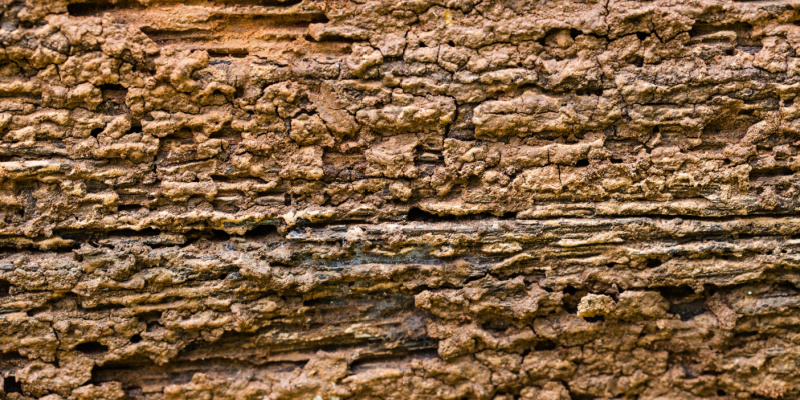Termites, in general, are not the type of pest you will see skittering across your floor. In fact, especially when dealing with drywood termites, you may not see much evidence at all. This can unfortunately lead to major repair bills if the drywood termite infestation goes a long period of time without being addressed. The average homeowner that has to deal with termite damage repairs will pay around $3,000 to restore their home back to normal. Because drywood termites infest the wooden structure of homes, these repair costs are not simply for aesthetics, but often to support beams and other important elements that affect the structural integrity of the home.
Signs of drywood termite infestations
While drywood termites often go undetected, there are still a few signs you can keep a lookout for to make sure you do not fall victim to paying for repairs to your home caused by termites. Signs of drywood termites are:
- Hollow sounding wood: If you tap on a wall, trim or floor and it sounds hollow, it is possible that drywood termites have eaten away the cellulose in the wood.
- Bubbling paint: This can also be an indication that termites are inside
- Piles of frass: Termite excrement resembles sawdust. To clear the colony of droppings, the termites will make small holes in your walls and push out the frass, creating small piles of sawdust looking droppings.
- Shed wings: New infestation can be caught early if you find shed termite wings on your window sills outside. Termites usually swarm and move to new locations in the summer and fall.
Tent fumigation treatment
Because drywood termites can be widespread through the structure of your home, sometimes it can be difficult to treat the colony with a localized insecticide. Tent fumigation is the better option in this case because the fumigant can get into every crevice and piece of wood in your home.
When hiring a termite exterminator to fumigate your home, there are a few things you need to be aware of in order to prepare for a home tent fumigation.
- Time out of the house: Typically, the entire process will take about three days, so preparing a place for you and your family to stay is important
- Pets and plants: Don’t leave anything living in the home during tent fumigation. Make arrangements for all pets, including the goldfish. It is possible that some plants will survive the fumigation. But if at all possible, move your plants outside during this process
- Law requires all food and medications be put in special bags or removed from the premises
Returning after fumigation
Before you will be allowed to return home after a tent fumigation and aeration, the air in your home will be tested for gas levels to be sure it is safe to return. Surprisingly, the gas used in fumigation can not stick to surfaces so once the gas clears out, there should be no residue left in your home.
For drywood termite treatment in Rancho Cucamonga, CA, give Bug Baron Exterminator a call today.
